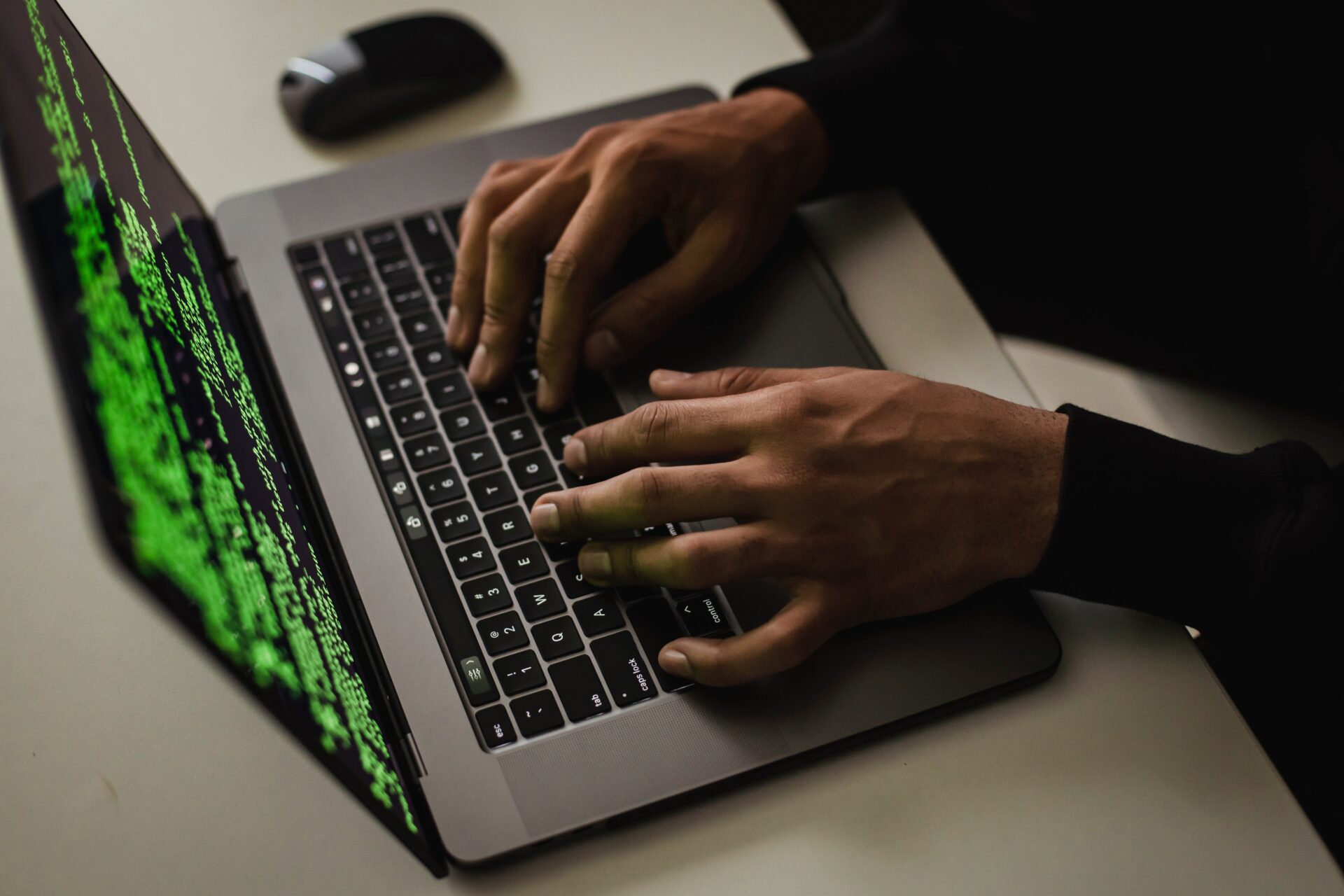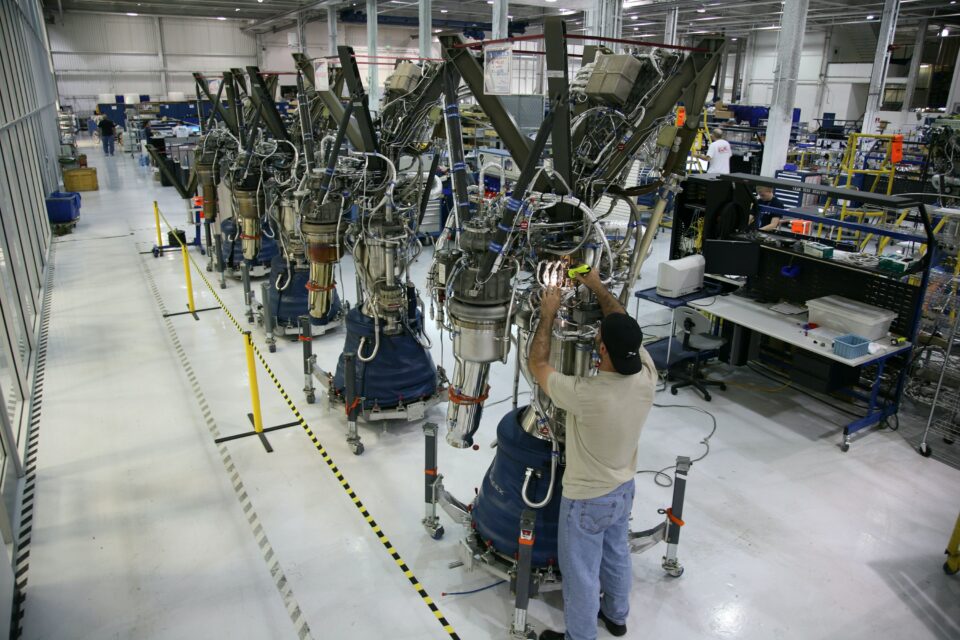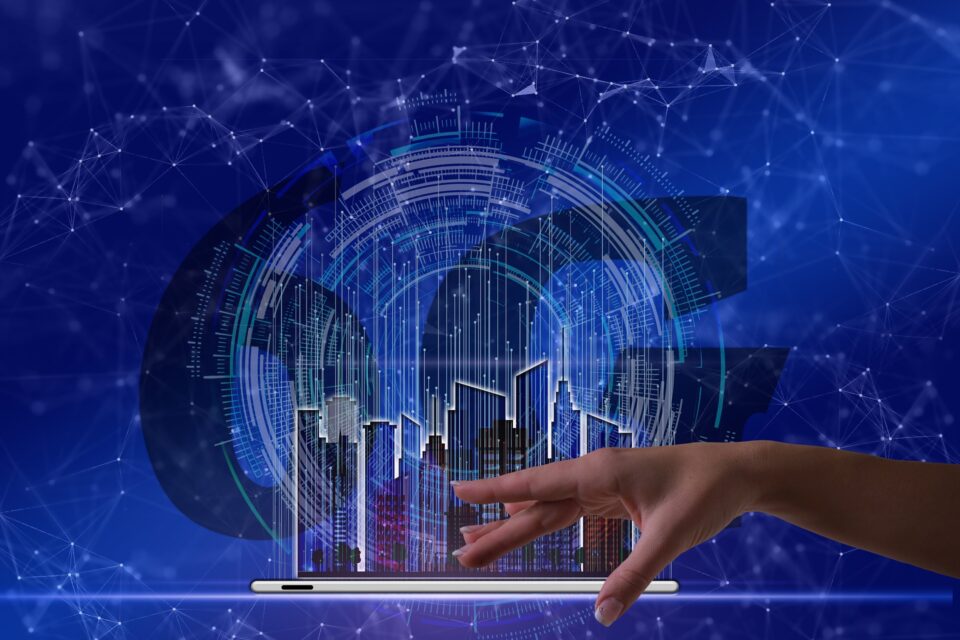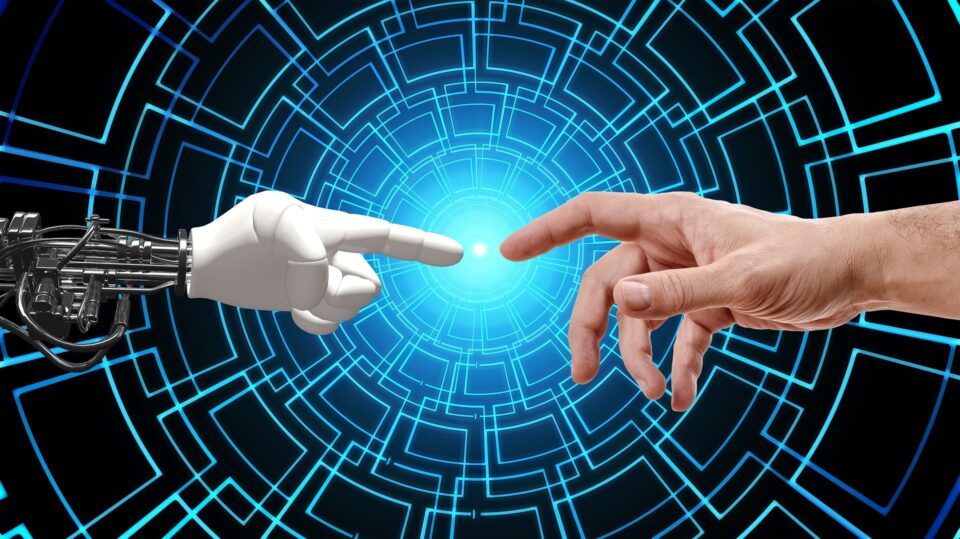As technologies continues to develop, the cybersecurity will continue to be a major concern. The future of cybersecurity will be marked by a permanent control between security experts and cybercriminals. The online threats will pursue their evolution making the professionals in cybersecurity to find new solutions and new way to protect their users.
The actual and futures problematics
The actuals problematics of cybersecurity are the attacks like the phishing (consist of sending malicious emails made to swindle the users), the ransomwares (malicious software), DDOS (cyberattack who try to make a website or a network resource unavailable by swamping it of malicious traffic). We can also find cyberwar and vulnerability in the exploitation systems.
The attacks are being more and more frequent and are more complex. Henceforth, new problematics will appear. We can quote, for instance, the expansion of the 5G. This expansion answer to the rise of the demand and the power of debits. From now on to 2030, with the growth of the quantity of new connected objects, the number of targets will increase, representing a big danger, especially for the companies. The hackers will beneficiate of important resources and will be principally mandated by military and secret services which will lead to big problems in terms of cybersecurity, hence the cyber wars which are already of actuality. Another example is the one of smart cities who use TIC (in French: Technologie de l’Information et de la Communication) and who propose new services. The problems with those smart cities are the potential attacks with the distance control of a vehicle without a driver for instance. Finally, we can find another problematic, the artificial intelligence. This new technology can, at the same time leads to risks like helping to counter the attacks (point evocated in the next part). The artificial intelligence can allow the hackers to be used when companies are not updated in terms of security which leads to a bigger vulnerability and facilitate the thwart of the protection devices.

The possible solutions
All these problems quoted above, who are already of actuality or won’t be long to be, deserves a particular attention and must be treated. With all those technological evolutions, cyberattacks won’t stop rising and be always more complex. But then, what solutions to counter or prevent those kinds of problems?
- A first solution would be the biometrics. This technic consists of validating the identity of a person depending of physiological characteristics unique to someone. This solution is, however not sure at a 100% because data can be hacked and flaws exists in the system itself, because when reproducing a digital fingerprint for example, it can be possible to unlock a phone. Biometrics is so, an interesting solution but already showing its limits.
- A second solution could be the artificial intelligence. This tool could detect very fast the threats with the unusual behavior for example. This second possibility is not sur at a 100%. Indeed, the AI can be subject to an attack in data security.
- The classical’s solutions stays the firewall and antivirus which are not completely unmistakable but allow to secure the informatics systems.
- We can also find, the Blockchain technology which is a mechanism of database and allow the shares of information without intermediaries in the heart of the company’s network. This technology is more reliable and is unforgeable thanks to the Blockchain linked together. For a hacker, it would be necessary to corrupt close to 51% of knot (participants) at the same time. It is almost impossible to reach this percentage because there is a very high number of knot and the hacker would be spotted very fast.
To sum up, the rise of new mobile network to come and the new technologies taking an important place in our society, the fights against the cyberattacks won’t stop to intensify. The professionals of the sector must find new solutions or reinforce the ones that are currently used. The cybersecurity is a sector in fully growth who offers a lot of possibilities, both in terms of carriers (knowing that they are the future jobs) and technological innovation of new systems.








